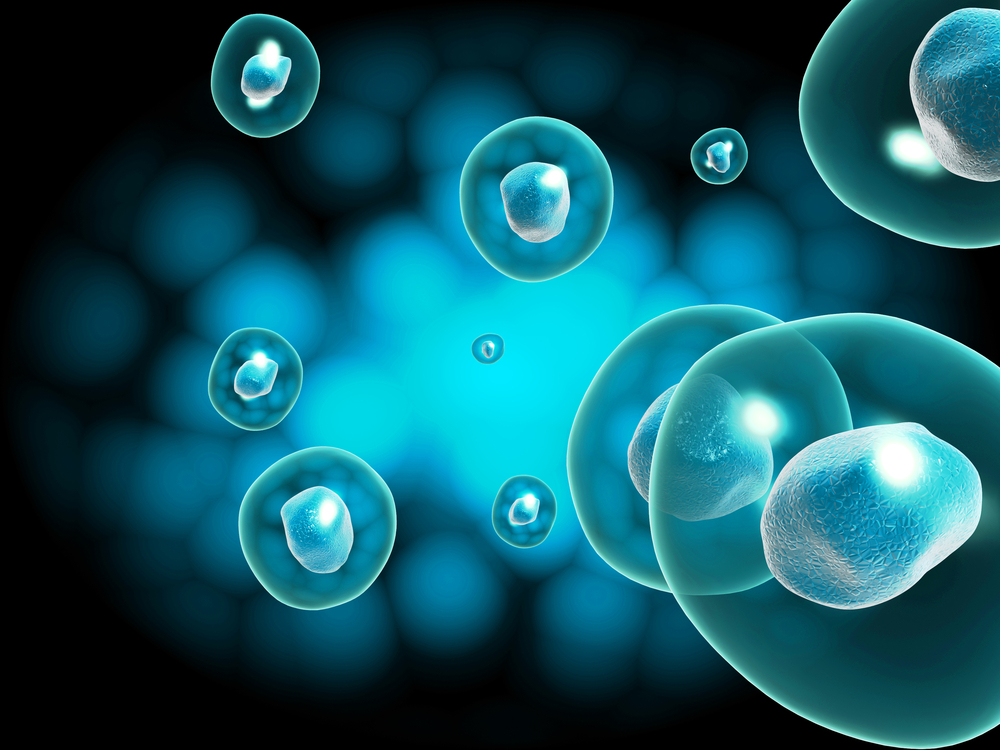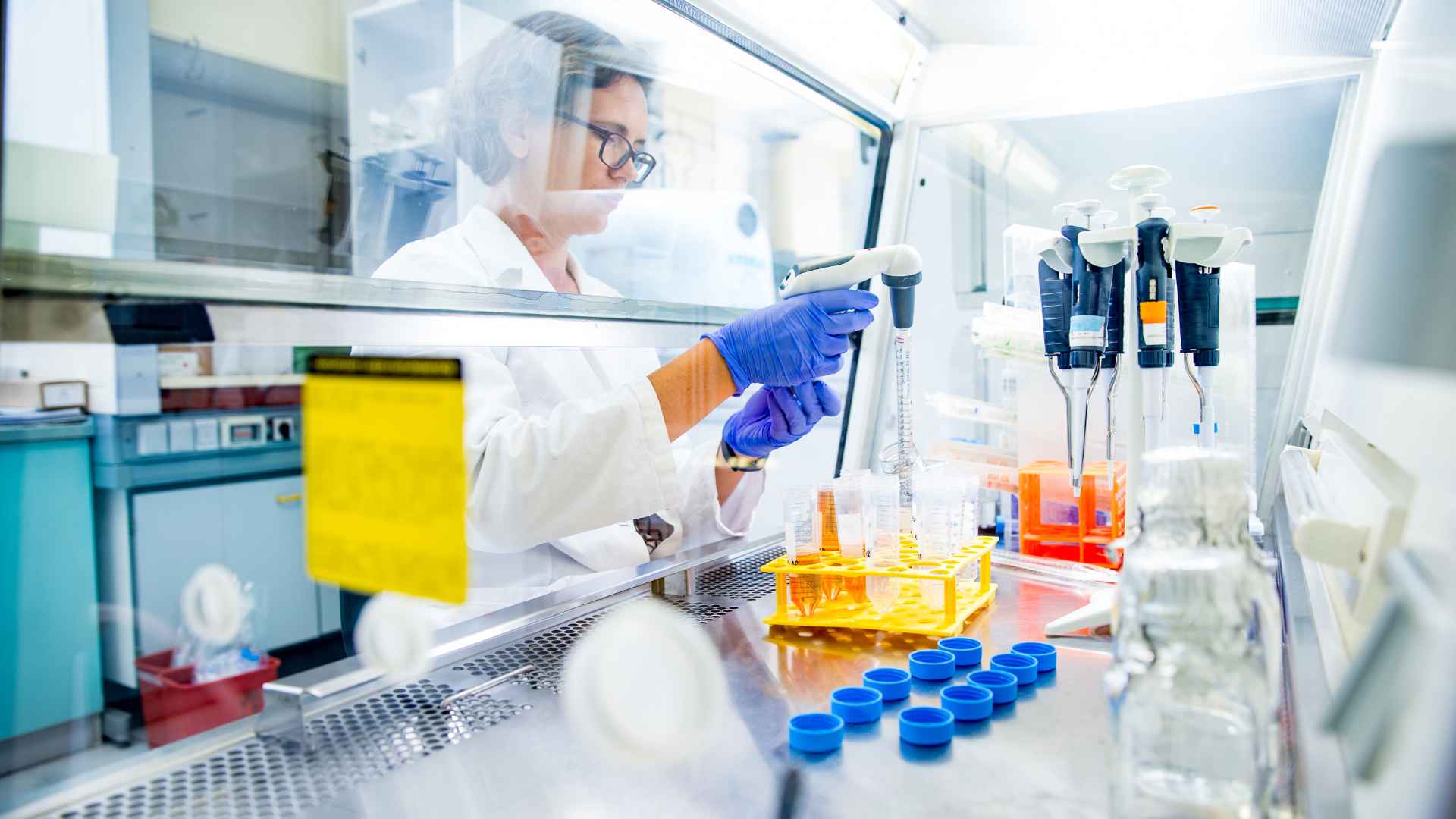An artificially created 3D cell culture is an environment in which biological cells are allowed to grow and interact with their surroundings in all three dimensions.
Da-Ta Biotech supports the R&D and provides her biotech industrial customers with an ability to perform assays in (3D) cell culture, we can measure the susceptibility of cancer cells to apoptosis inducers in a more physiologically relevant way than in a 2D culture system.
Three-dimensional (3D) cell culture is being used to increase the biological relevance of disease models and the predictive power of drug studies1. Typically, these 3D models enhance cell-cell contact and reduce or eliminate the dominant cell-plastic interaction seen in standard monolayer cultures.
Matrigel, an extracellular matrix-based hydrogel, is one way to culture cells in three dimensions. Matrigel and 2D cell cultures differ in their cell morphologies, polarities, and gene expression levels.
Additionally, matrix gel can be used for studies of cell migration and 3D structure formation, such as for angiogenesis models of endothelial cell tube formation2.
- Kim YJ, et. al. (2009). Three-dimensional gastric cancer cell culture using nanofiber scaffold for chemosensitivity test. Int J Biol Macromol. 45(1):65-71.
- Chen J, et. al. (2016). C-reactive protein can upregulate VEGF expression to promote ADSC-induced angiogenesis by activating HIF-1α via CD64/PI3k/Akt and MAPK/ERK signaling pathways. Stem CellRes Ther. 7(1):114.






